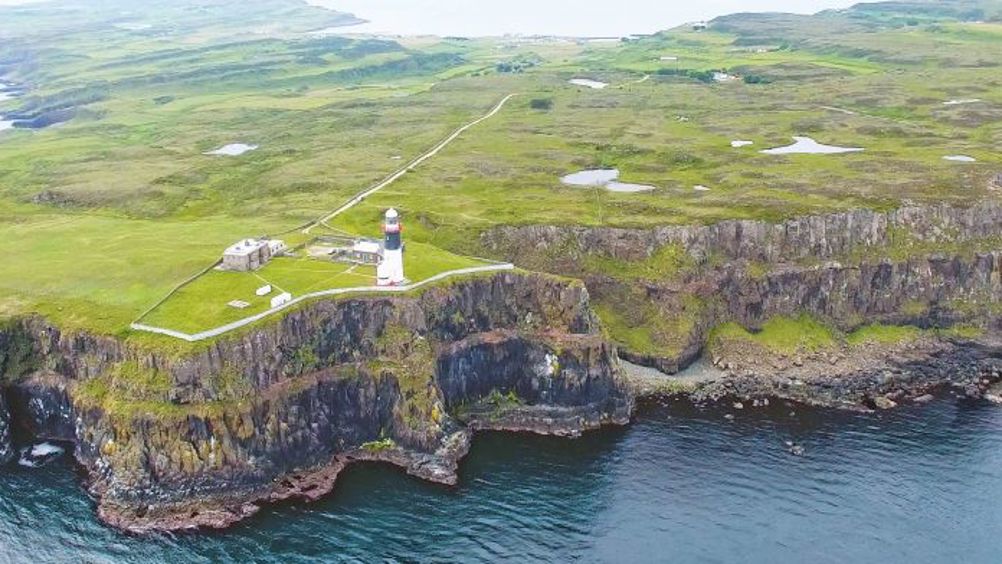Funding boost for rural connectivity solutions
A total of £3.5m is being made available for projects to develop satellite communications that improve connectivity in remote rural areas.

Certain remote and rural locations across Britian still face challenges where satellites offer the only practical solution for connectivity. These areas, often characterised by difficult terrain and sparse populations, make traditional infrastructure costly and impractical.
Now, the UK Space Agency is working with the Department for Science, Innovation and Technology (DSIT) and the European Space Agency’s (ESA) telecommunications research programme to help close the digital divide.
The new funding call aims to select partners for three projects focused on delivering future satellite services. One of these projects, the Nomadic Multi-orbit User Terminal Demonstrator, will provide portable gigabit internet speeds, with terminals designed to be mounted on vehicles to improve connectivity for users such as local authorities, farmers, and emergency services. It will use the signals from satellites in Low Earth Orbit (LEO) and Geostationary Orbit (GEO) to create a robust, flexible and high-speed communication system.
In two remote islands in Shetland and Northern Ireland, two other projects will test hybrid networks to see if they could be used to support further locations unable to connect to traditional networks.
Register now to continue reading
Thanks for visiting The Engineer. You’ve now reached your monthly limit of news stories. Register for free to unlock unlimited access to all of our news coverage, as well as premium content including opinion, in-depth features and special reports.
Benefits of registering
-
In-depth insights and coverage of key emerging trends
-
Unrestricted access to special reports throughout the year
-
Daily technology news delivered straight to your inbox










Klein Vision unveils AirCar production prototype
According to the Klein Vision website, they claim the market for flying cars will be $1.5 trillion by 2040, so at the top end $1 million per unit that...